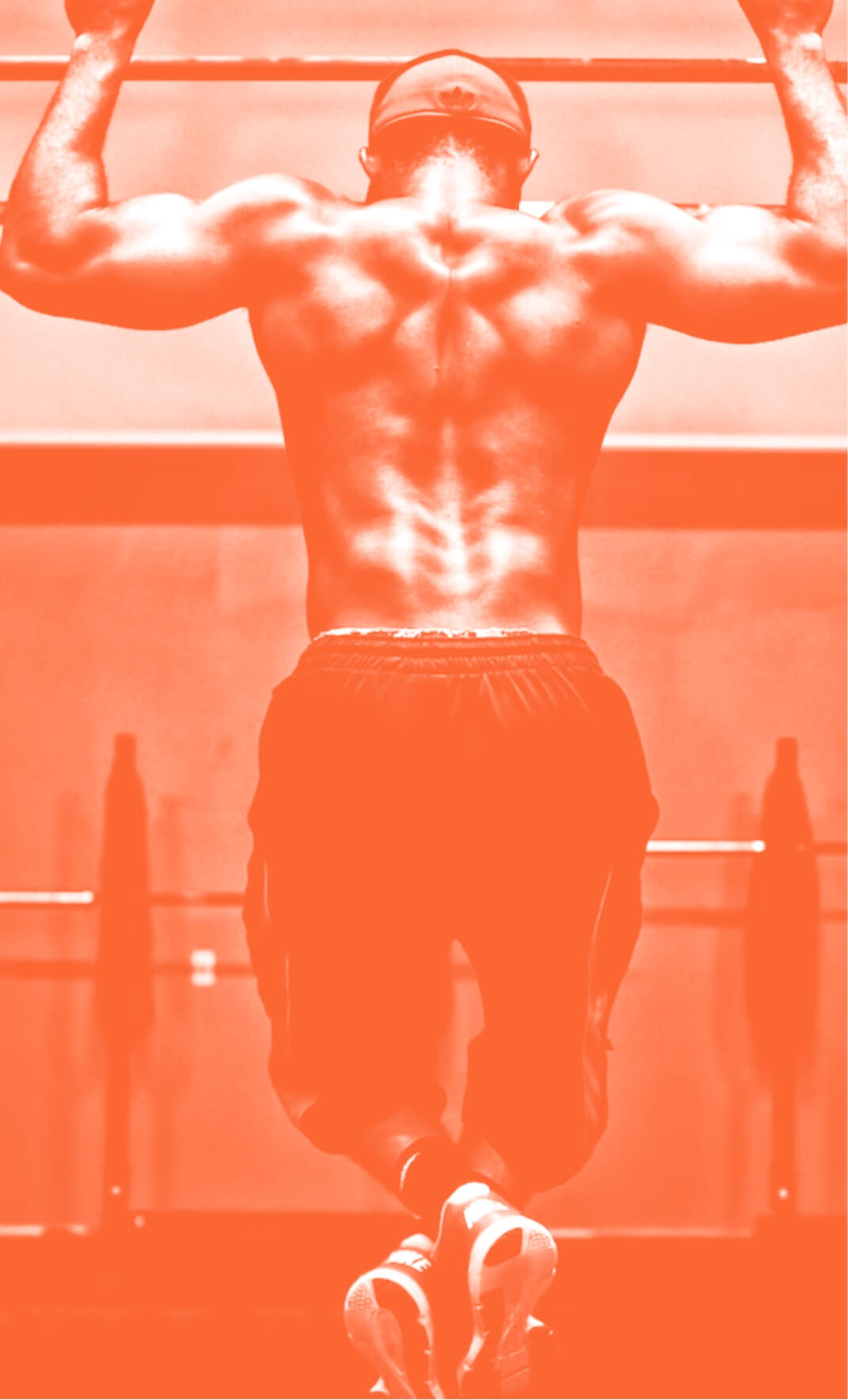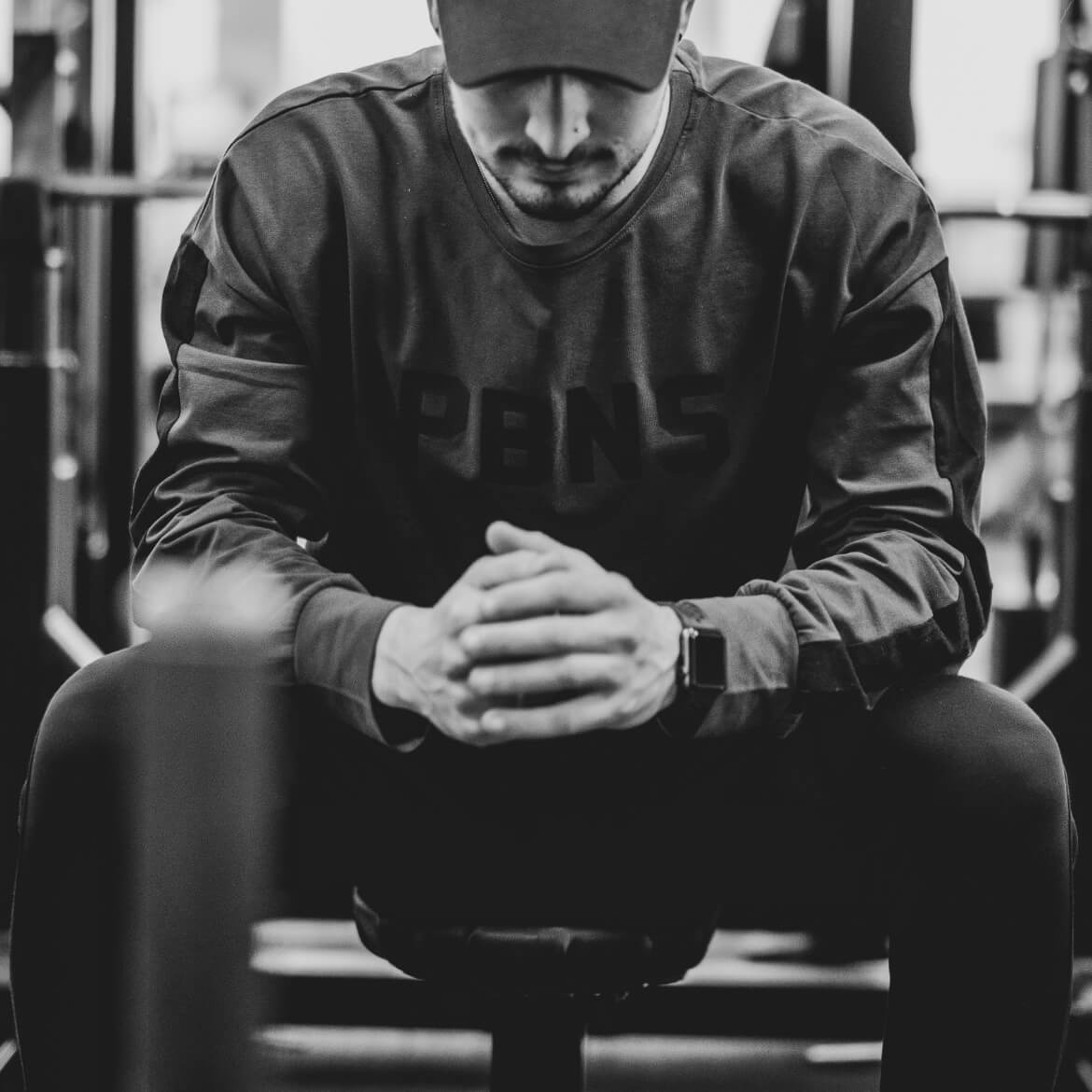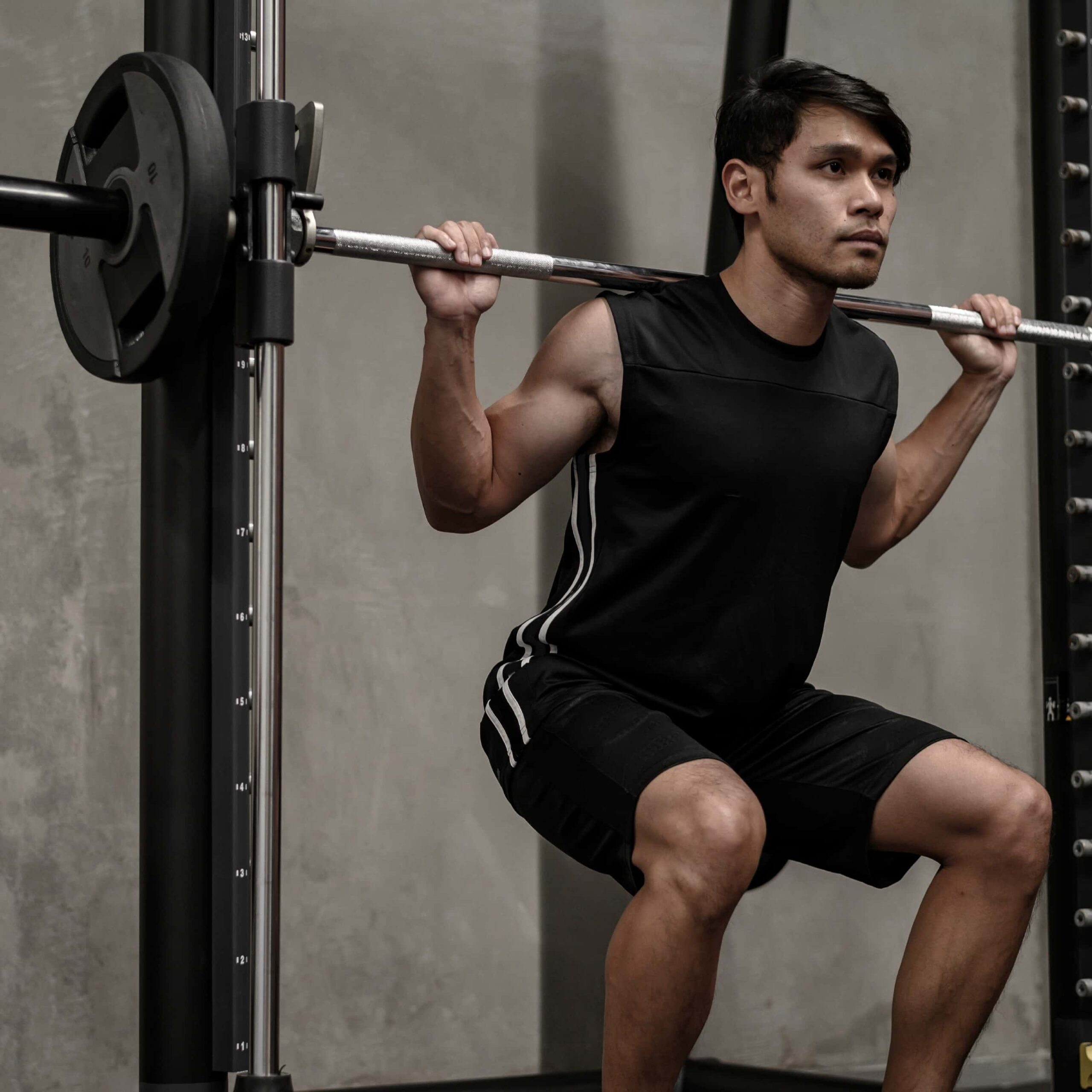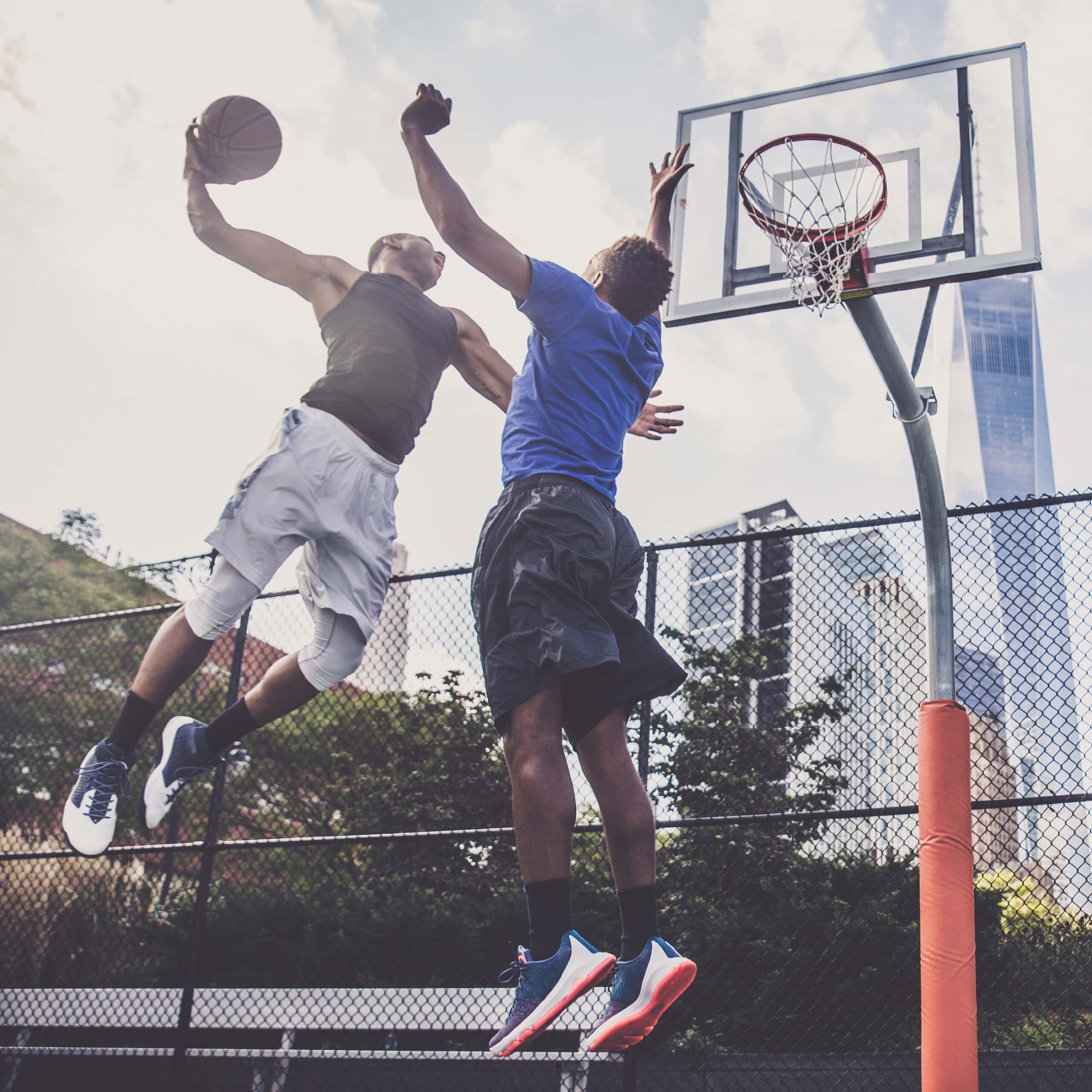What is Runner’s Knee and How to Prevent it
9th Apr 20

Whether you’re new to running or a marathon running veteran, your running technique and physical health need to be at the forefront of everything you do. That includes learning everything you can and taking every precaution necessary to stay safe, including looking at the most common running injuries. In this case, that’s runner’s knee.
Runner’s knee is an umbrella term for a huge list of ailments. It is essentially an injury that affects the knee, sustained from training, and is usually caused by overuse or a large amount of stress on the knee joints.
Want to move fast? Jump to the right section below.
Causes of Runner’s Knee

Before you can even think about treating or preventing runner’s knee, you need to know the causes so that you can avoid it in the first place. It’s so easy for it to happen for a whole range of reasons, and that’s because it’s no single thing. Instead, it’s a spectrum of ailments that take their toll on your joints, all differently.
Frequent Intensive High Impact Exercises
The most common cause of runner’s knee is just general over-usage, particularly with high-impact exercises. The most common high-impact exercises focus on running and energic aerobics, such as jumping movements. Unfortunately, these all put high amounts of stress on your knees, which over time, will cause impact damage to the joints and likely lead to runner’s knee.
Always try your best to think about what your knees are doing with every exercise and even where you’re running. Grass and mud are much better for shock-absorbing than hard concrete, for example.
Long-Term Wear and Tear
On the other hand, to the point above, even low-impact exercising can still take its toll on your knees. Exercises like cycling, for example, still involve your knees taking a lot of your body weight and the same motion over and over again for long periods. Add in doing this repeatedly or even daily for a lot of people, and it’s doubling the risk of this.
Too much stress for too much time or too frequently is always going to a formula for wear and tear. This is enough to cause the wearing down of the joints and often causes you pains in later life. Even in the short term, you could be looking at tendonitis cases. Rest days are vital for that reason.
Accidents and Injuries
Instant and possibly long-lasting damage happens, too, allowing runner’s knee to be classed as something completely different altogether. Accidents like trips and falls can cause issues during your training. That can happen on treadmills as well as outdoors.
If you fall and injure your knee in any way, especially breaks, you may never have the complete functionality back that you once had. Therefore, you must never train on an injury and seek relevant professional medical guidance. Don’t self-diagnose, and don’t be afraid to rest for as long as you need to. It’s better to be out for a few weeks than for months.
Poor Technique
Finally, it wouldn’t be an exercise article if we didn’t mention bad form. The more you exercise, the more weight or strain you’ll likely be putting on your knees. That’s a given. How you’re moving with it, however, is a whole new topic entirely.
If your form is bad, this can be a real nightmare. Even exercises like squats, if done wrong, can put a considerable amount of pressure in places it really shouldn’t be and ultimately cause runner’s knee, but running is still to blame too. Running with bad technique is an easy route to adverse health effects, so do your homework on running correctly.
Preventing Runner’s Knee

So now that we have talked about some of the easier ways that runner’s knee is caused by, it’s time to look at prevention. You can take several steps no matter what exercise you’re doing to protect your joints in the long term, and some of them are not as obvious as you might first think.
Good Equipment
The first absolutely essential point to look at is getting the right equipment. It doesn’t matter what the exercise is that you are doing; the equipment you are using will have a dramatic effect. Running is a prime example of this too. A treadmill, for instance, has varying levels of shock absorption to ensure that this impact we’ve discussed above is controlled. Running outside, on the other hand, you’re going to be completely reliant on your shoes. So it’s worth buying the shoes best suited to your running style, your foot positioning, and the surface you’ll be running on. You’ll thank yourself for it in later life.
Lose Weight
Losing weight is an incredibly effective way to take the stress off your joints, both in general and in training, which is always good. However, carrying around too much excess weight, no matter what you are doing, will cause stress on your joints, so it’s wise to keep yourself at a stable, healthy weight. Obvious health benefits other than your knee health are also more than worthwhile; the knees are just a bonus.
Don’t Overuse
The most significant and irreparable damage to your knees comes from overuse of the knees. If you are doing too much exercise, it will catch up with you and be ultimately detrimental to your body. You’ll feel worse and worse as time goes on, and your joints ware away. This can lead to all kinds of complications, too, such as arthritis, so it’s much better to act on it now rather than later.
Overall, runner’s knee is not something you don’t want to encounter. You will likely rely on your knees much more than you know, so make sure you’re taking care of them. If you do feel an injury or even discomfort, take it easy and try exercising in ways that won’t affect your knees for a while. Consult a medical or fitness professional to get more personalised advice and help yourself out.

Before beginning any exercise or nutrition program, consult your physician, doctor or other professional. This is especially important for individuals over the age of 35 or persons with pre-existing health problems. Exercise.co.uk assumes no responsibility for personal injury or property damage sustained using our advice.
If you experience dizziness, nausea, chest pain, or any other abnormal symptoms, stop the workout at once and consult a physician or doctor immediately.









